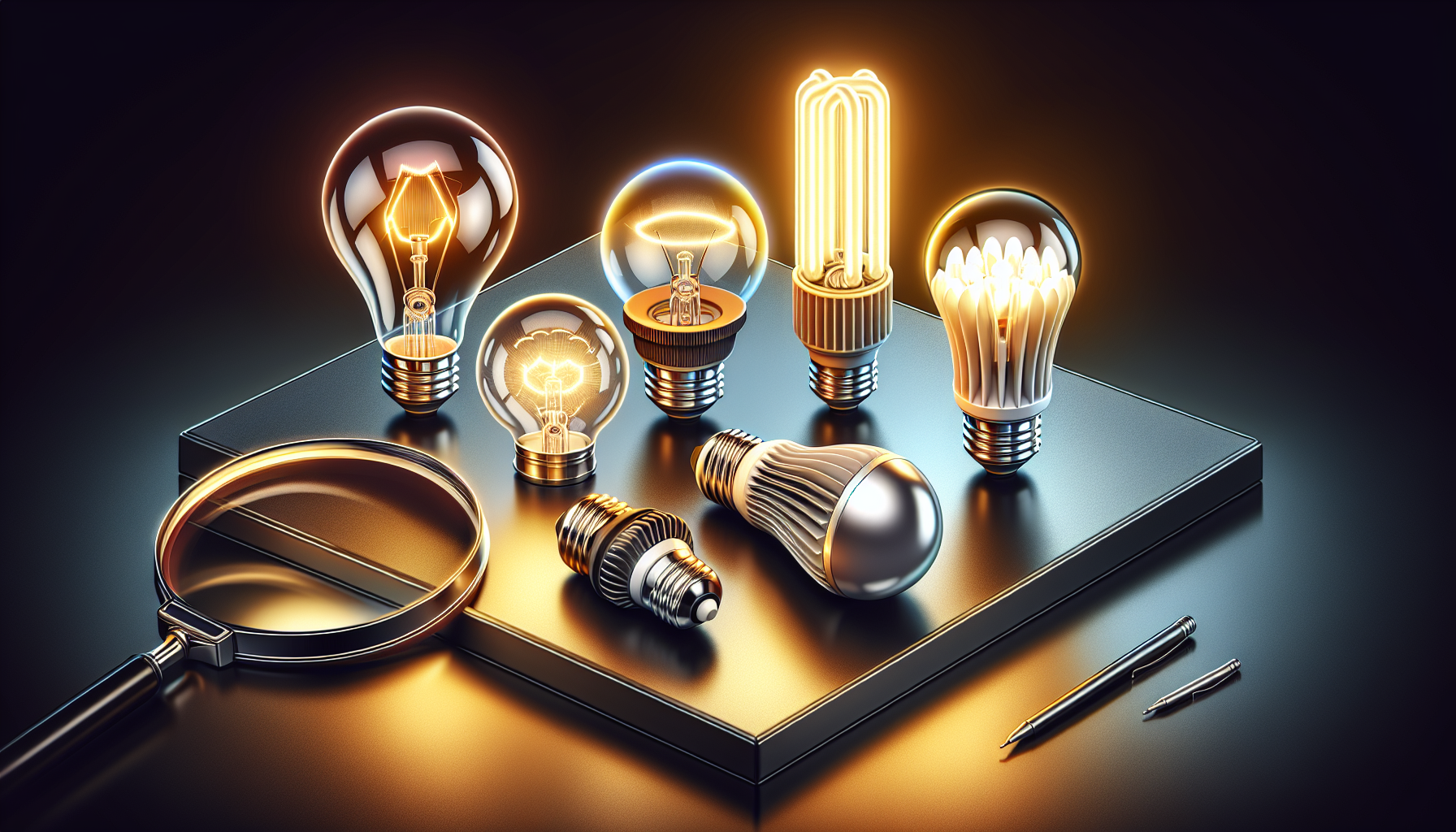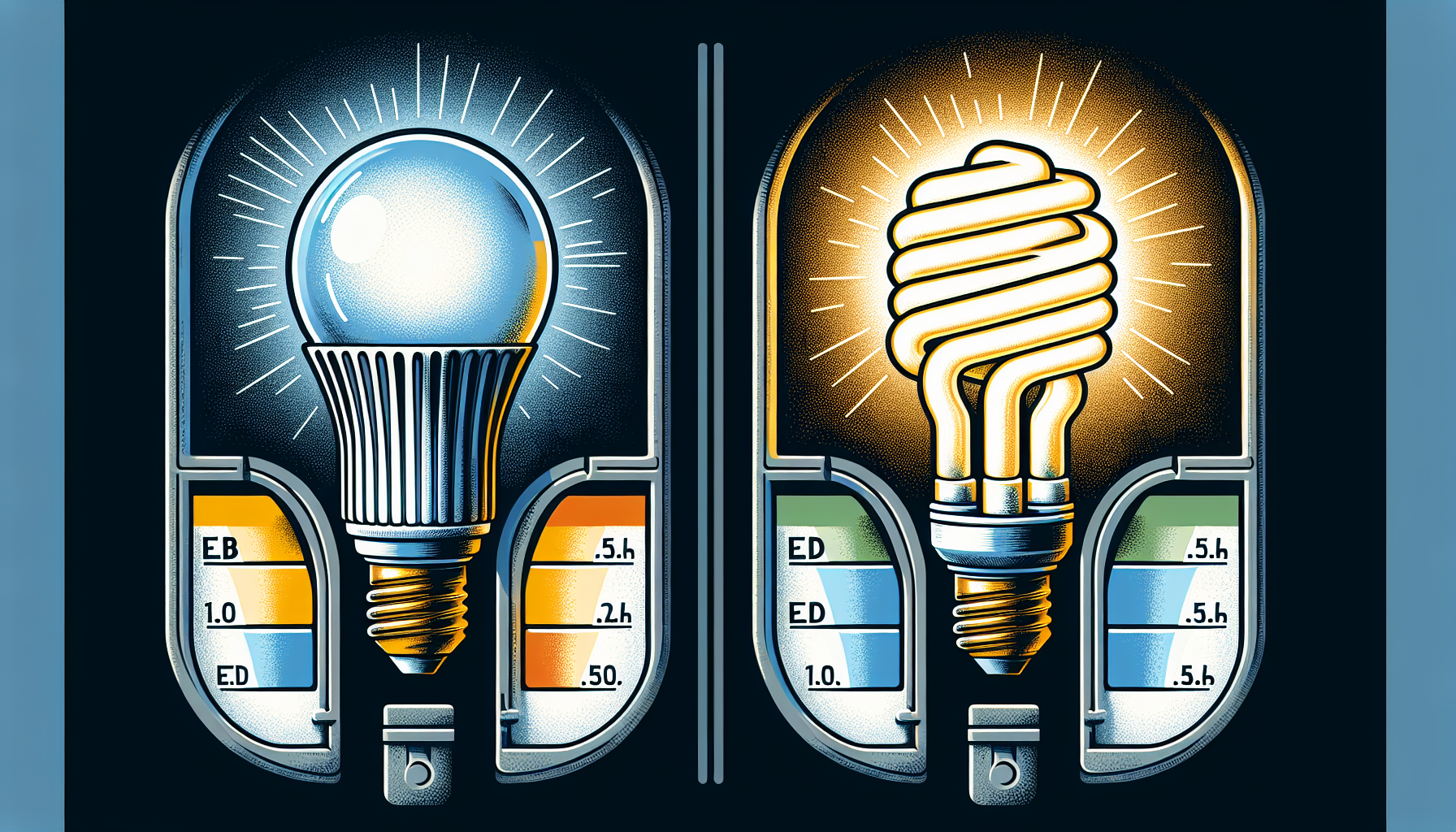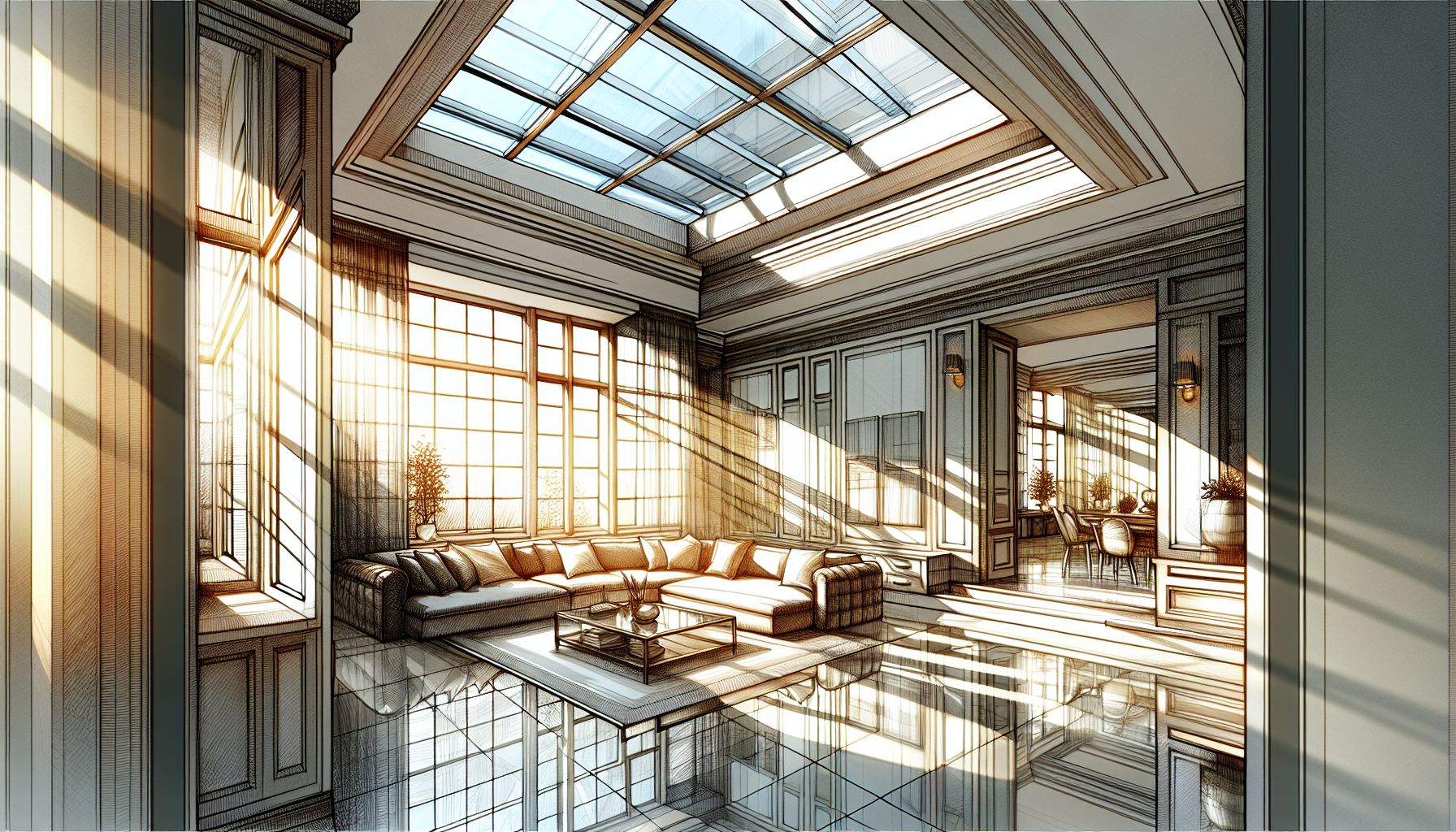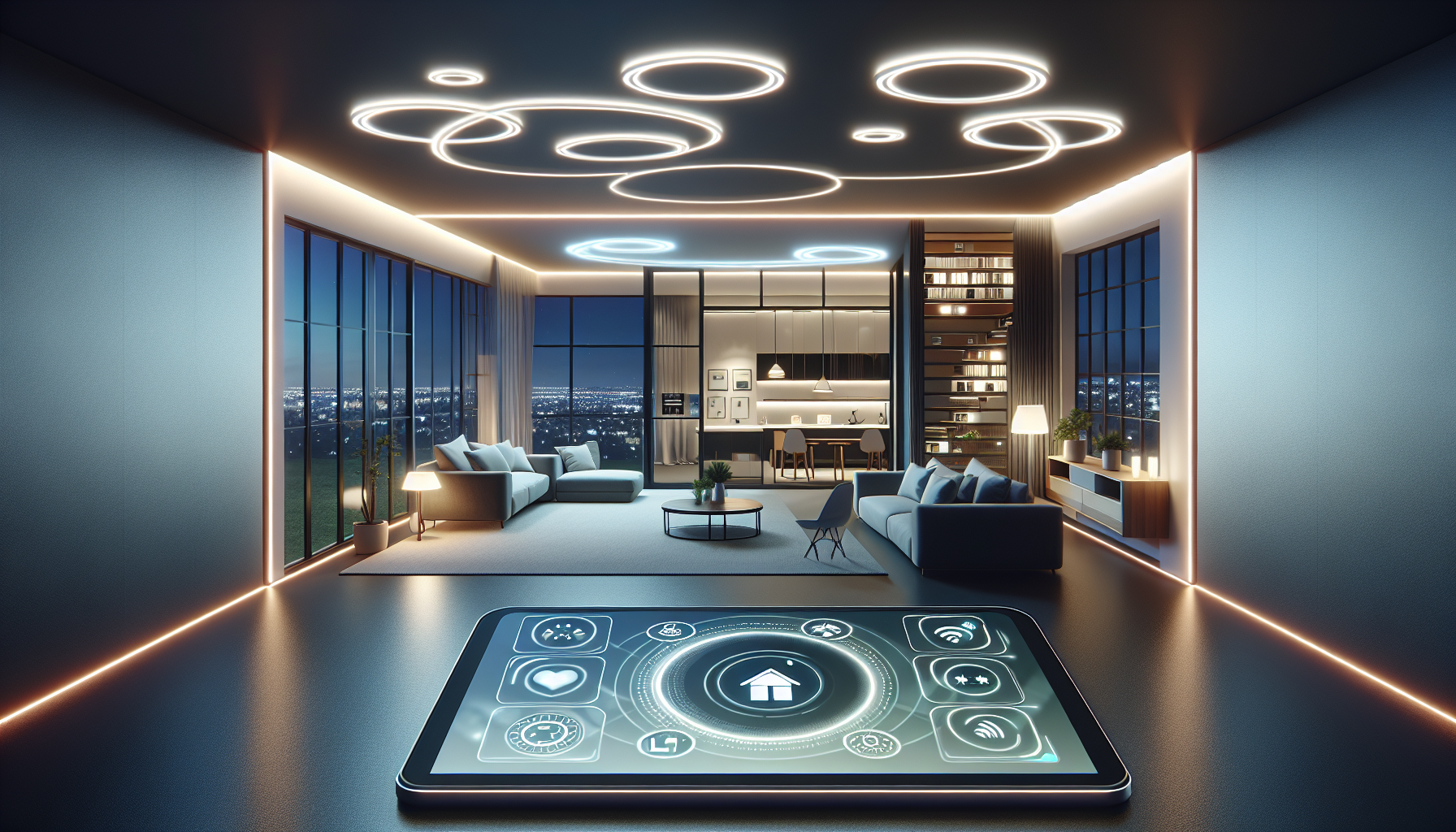How to Install Energy Efficient Lighting: A Step-by-Step Guide
Looking to lower your electricity bills and go green? This guide will show you how to install energy efficient lighting in a few simple steps, making your home brighter and more eco-friendly.
Key Takeaways
-
Assess your current lighting system and identify inefficient bulbs and light fittings to gauge potential energy savings.
-
Choose the right energy-efficient bulbs such as LEDs or CFLs and consider attributes like lumen value and color temperature to suit your needs.
-
Optimize natural light usage and utilize advanced lighting controls like occupancy sensors and timer controls to enhance energy efficiency.
1 Assess Your Current Lighting System

Get a clear understanding of your home’s current lighting system before considering energy-efficient alternatives. Assessing the lighting system you have in place is the springboard to making impactful changes. It’s about scrutinizing what you have, visualizing what you could save, and laying the groundwork for a luminous upgrade.
Identify Inefficient Bulbs
In the quest for more energy-efficient lighting, the first step is to spot the energy guzzlers – those incandescent lights and halogen bulbs. Often, they’re the old faithfuls that have lit up your life for years but at a cost: converting only a sliver of electricity into light and radiating the rest as heat, making them less efficient than modern light bulbs.
Identifying these traditional bulbs paves the way for a significant efficiency overhaul.
Evaluate Light Fittings
Further, take a thorough look at your light fittings. Not all heroes wear capes, and not all fittings suit the superpowers of energy-efficient bulbs like LEDs and CFLs. Compatibility is crucial, hence verifying that your chosen bulbs fit perfectly in their designated spots prevents any performance issues.
Remember, a well-fitted bulb not only shines brighter but also lasts longer.
Calculate Energy Consumption
When you calculate your lighting energy costs, it reveals potential savings. Knowing how much electricity your current bulbs consume sets a benchmark – a high-water mark from which you can only go down. With this knowledge, you’re ready to steer towards more efficient lighting shores.
Choose the Right Energy Efficient Bulbs

With a clear understanding of your existing lighting setup, you can now explore the world of energy-efficient bulbs. LEDs and CFLs rise as beacons of efficiency in this realm, but choosing the right one requires understanding their unique attributes and how they match your needs.
Light Emitting Diodes (LEDs)
LEDs are the lighthouses in the stormy weather of high energy bills, cutting through with their energy-efficient beams. These bulbs not only sip on electricity but also shine for the long haul, with lifespans that make traditional bulbs seem like fleeting candles in the wind.
LEDs, with their instant glow and cool touch, have drastically changed our perspective on lighting. Investing in them might feel like a leap, but the landing is soft on both the environment and your finances.
Compact Fluorescent Lamps (CFLs)
CFLs, also known as compact fluorescent lights, akin to LEDs, provide a unique efficiency quotient. While they may not outshine LEDs in the efficiency race, they’re a leap ahead of the incandescent pack. With a longer warm-up time, they’re the marathon runners to the LEDs’ sprinters, but they still represent a stride towards energy efficiency.
Lumen Value and Colour Temperature
Beyond the type of bulb, the lumen value and color temperature are your compass for navigating the brightness and ambiance of a room. Lumens offer a measure of how much light you’re actually getting, independent of the energy consumed. Meanwhile, the color temperature sets the mood, from the warm hues of a cozy café to the crisp light of a productive office space. It’s not just about choosing a bulb; it’s about curating an experience.
Installation Process
Armed with knowledge of various bulb types and their specifications, you can commence the installation process. Whether you’re simply replacing an old bulb or installing a brand-new fixture, doing it safely and correctly ensures that your energy-efficient lighting adventure is smooth sailing.
Replacing Existing Bulbs
Though a simple task, replacing a bulb needs careful attention, similar to switching an old sail for a new one. First, dock the power to avoid any stormy mishaps. Then, gently unscrew the old bulb, handling it as carefully as you would a delicate seashell.
Check that the replacement LED or CFL is the right fit for the voyage ahead, matching the base type and light level requirements of your fixture.
Installing New Fixtures
Installing a new fixture can be likened to venturing into uncharted territories. You’ll need to ensure the power is as still as the doldrums before you begin. Follow the manufacturer’s map to the letter, securing all connections like knots on a ship’s rigging.
By choosing the right fixtures, such as IC-rated LED downlights for insulated areas, you’re ensuring a safe and efficient journey.
Outdoor Lighting Solutions
Consider motion sensor lights for outdoor lighting, which only illuminate when necessary, akin to vigilant lighthouse keepers. For indoor spaces, task lighting can be an effective solution to provide focused illumination for specific activities, such as when you need to turn lights on for better visibility.
Solar-powered lights are like the trade winds for sailors, harnessing the power of the sun to guide your path at night without tapping into your energy reserves.
Optimize Natural Light Usage

While optimizing lighting, we should leverage the abundant natural light provided by the sun. Harnessing this abundant resource effectively reduces the reliance on artificial lighting, making your home not just a lighthouse but also a beacon of sustainability.
Window Placement and Orientation
Windows, when placed strategically, can serve as conduits for natural lighting. Orienting them to capture the sun’s voyage across the sky can fill your rooms with a golden glow, minimizing the need to switch on artificial lights. It’s about aligning your living spaces with the rhythms of the day, reducing energy consumption and syncing with the natural world.
Skylights and Reflective Surfaces
Skylights channel daylight directly into your home, acting as periscopes to the sky. Paired with reflective surfaces, they amplify the reach of natural light, turning even the darkest corners into sun-drenched havens. It’s a game of angles and reflections, a way to play with light that benefits both your mood and energy bill.
Curtains and Blinds
Curtains and blinds control the flow of natural light, shielding you from unwanted glare and directing light where needed. Adjustable blinds offer precise control, like adjusting a sail to the wind, while sheer curtains diffuse light gently, like a soft sea breeze through an open window.
Advanced Lighting Controls

Advanced lighting controls are the future, ensuring your path towards energy efficiency remains on track. These systems offer a high-tech approach to managing your lighting, allowing for a seamless integration of energy-saving strategies into your daily life.
Occupancy Sensors
Occupancy sensors, akin to vigilant lookouts, alert your lights to the presence of people. By ensuring lights are only on when needed, these sensors can significantly reduce energy consumption, much like trimming sails to optimize a ship’s speed.
Timer Controls
Timer controls act as timekeepers, scheduling when your lights should be on and off. They’re perfect for maintaining a rhythm that aligns with your life’s predictable patterns, ensuring energy isn’t wasted when the ship is docked and everyone’s ashore.
Smart Home Integration
Smart home integration ensures optimal efficiency, akin to a tireless first mate constantly adjusting the sails. With the ability to control and automate your lighting from anywhere, it’s a powerful ally in the pursuit of energy efficiency and convenience.
State and Territory Programs
While exploring energy efficiency, let’s also consider the support provided by state and territory programs. These initiatives can be a lifeline, offering subsidized LED upgrades and valuable information to help you on your journey.
Subsidized LED Upgrades
Subsidized LED upgrades can alleviate the burden of transition costs, much like unearthing hidden treasures. From state to state, treasures vary – some offer free LED replacements, while others provide discounts that put energy-efficient lighting within easy reach.
Energy Saving Websites
Energy-saving websites guide you towards savings and sustainability, playing the role of your charts and compasses. They’re a wealth of knowledge, offering insights into rebates, incentives, and programs that make energy efficiency an accessible destination for all.
Summary
As we dock at the end of our journey, it’s clear that installing energy-efficient lighting is a voyage well worth embarking on. From assessing your current system to exploring the depths of state and territory programs, you’re now equipped to navigate the waters of energy efficiency with confidence. May the light of knowledge guide you to brighter, greener shores.
Frequently Asked Questions
What makes LED bulbs more energy-efficient than traditional incandescent bulbs?
LED bulbs are more energy-efficient than traditional incandescent bulbs because they use up to 80% less energy to produce the same amount of light.
Can I use energy-efficient bulbs with my old light fittings?
Before using energy-efficient bulbs, make sure to check if your old light fittings can accommodate them to avoid any performance issues.
How does the color temperature of a bulb affect the ambiance of a room?
The color temperature of a bulb affects the ambiance of a room by influencing the mood and feel of the space. Lower temperatures provide warmer light, while higher temperatures offer cooler light, impacting the overall atmosphere.
Are there any financial incentives available for switching to energy-efficient lighting?
Yes, many states and territories offer subsidized LED upgrades and rebates for energy-efficient lighting. Check local resources and energy-saving websites for up-to-date information on available incentives.
How can I control my lighting efficiently when I'm not at home?
You can remotely control and automate your lighting using smart home integration, which offers convenience and energy savings when you're not at home.








